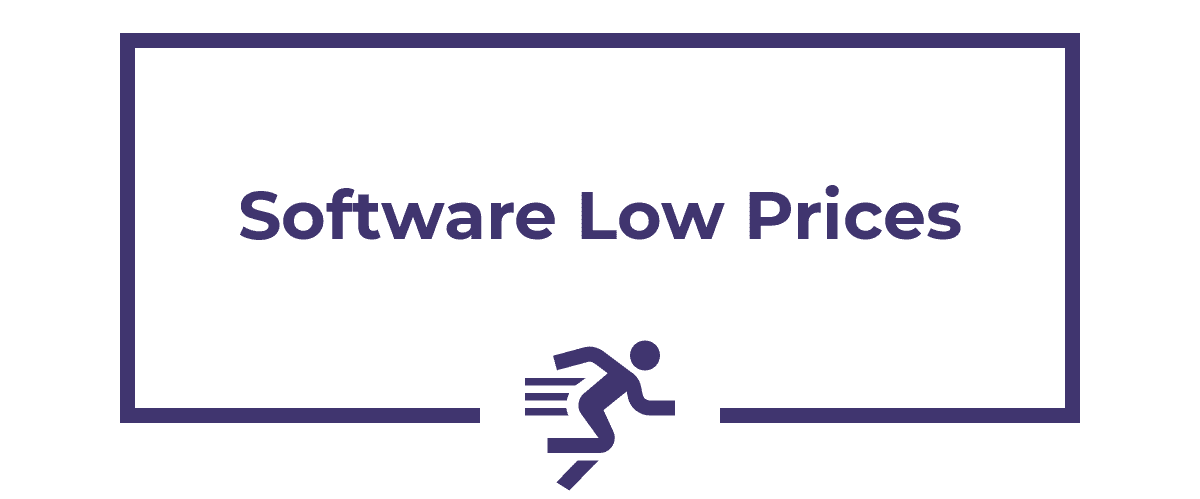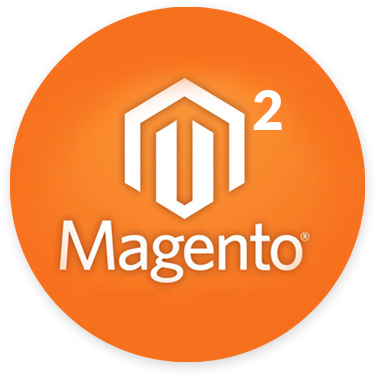With more than 250,000 active e-commerce sites currently using Magento as a platform, it is fast becoming the platform of choice for the e-commerce branch of iconic global brands like Nike, the North Face and HP. That being said, what is Magento? Magento is an online business platform that specializes in ecommerce websites. Users can enjoy selecting from hundreds of unique, largely customizable features with which they can successfully connect with their customer base and increase overall sales.
What Is Magento?
In 2008, Magento’s creators initially made it using open source-technology, providing users with the opportunity to manipulate the appearance, functionality and online content of their ecommerce shop without disrupting the overall shopping experience. What’s more, Magento users have access to any number of invaluable features and instruments, including marketing, SEO, and catalog-managing tools.
Magento was designed to work with stores of all types and sizes. Whether in a tiny niche market with just a few dozen customers or an arena that attracts many millions, the platform can adapt to and enhance your business for the present as well as future. Magento’s unique scalability allows you to stick with one platform throughout the growth and development process of your business.
The platform also provides a vast array of themes and plugins for customers to use as they see fit when creating their own personal business websites, offering a greater appeal to customers as they’re presented with more options.
Why Should You Use Magento?
Do you own or manage an online store? If so, the Magento platform may be just what you’ve always wanted! The platform’s founders set out with the goal of making it accessible and appealing to regular lay people who didn’t necessarily have major technical development experience of their own.
At the same time, it is a quite sturdy system that is able to handle millions of customers, and grows in complexity along with size. In many cases, businesses seek outside developers’ assistance once they begin integrating multiple systems within their company site.
What about Magento 2?
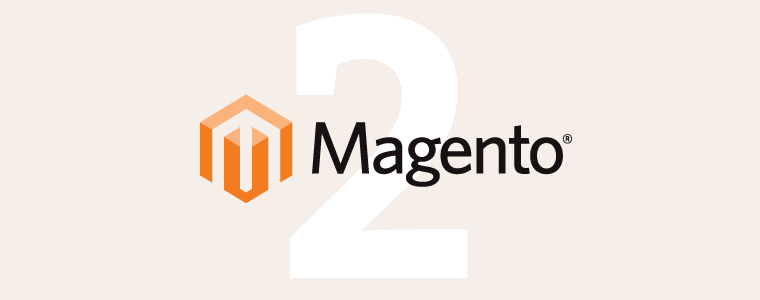
Magento 2 is the most recent version of the platform its developers have launched so far. The system is updated every so often, and Magento 2 is among the greatest updates yet.
Just a few of the many exclusive features Magento 2 provides its users are as follows:
- Increased payment security
- Heightened business efficiency
- Doubled loading speed
- Improved customer engagement
- Simplified upgrade and maintenance process
- Greater website architecture flexibility
Magento 2 is an all-around superior edition of Magento, which developers created after listening to user comments and complaints. It’s an excellent solution if you’re looking to make your site bigger, safer and operate more quickly.
What are Magento Extensions?
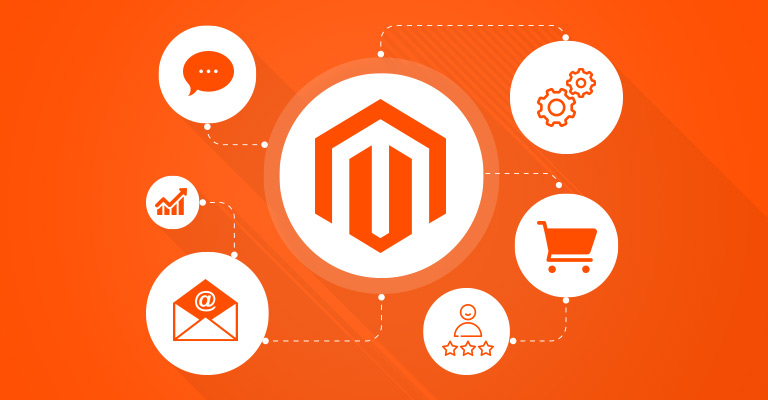
Extensions for Magento are elements of software that users can integrate into their own online stores- they serve many different functions, such as improving customer engagement and increasing loading speed. These services and applications can be integrated with your store page’s backend and offer customers a wide range of new features.
There are literally thousands of Magento extensions available to choose from in the Magento Mirasvit which serve the following needs and many, many more:
- Security
- Marketing
- Finance and accounting
- Customer relations
- Shipping and fulfillment
- Payments
- Site optimization
What are the differences between Magento 1 and Magento 2?
For all the fanfare extolling the major improvements Magento 2 has made from the original, what are the actual differences between the two versions? Let’s look more closely at some of the most prominent areas of difference:
Architecture
Magento 2 features a greater number of functions for helping website optimization and customization, going so far as to use a completely new technology stack, making transferring to the program somewhat more involved than just a simple act of data migration.
Below are just a handful of the most noteworthy features in Magento 2 that are not available in Magento 1:
- Composer – lets you reuse third-party libraries without touching the source code, therefore reducing extension conflicts
- NGINX – serves as a reverse proxy, HTTP cache, and load balancer
- Redis – works as a database cache and broker for messages
- Symfony – allows you to more easily control content control, improving functionality, and the website’s appearance
- Varnish – works to increase website speed
Website Performance

One of the areas that received the greatest number of complaints from Magento 1 users related to website performance which led developers to make website performance a major priority when creating Magento 2. The goal was to address these customer complaints and resolve them all in one fell swoop, repairing the program more effectively than any upgrade or patch thus far had done.
Thanks to all the exciting new features the developers included, Magento 2 maintains faster loading times and shorter server response times.
What’s more, Magento 2 offers greater website design and content flexibility and customization to its users, giving them greater control over website appearance and functionality.
Mobile Optimization
Mobile optimization was another issue that many Magento 1 users had expressed concerns about. The need for mobile versions of websites was not as prevalent as it is currently when the platform was first developed, so it became a major priority when developers began working on Magento 2. It is significantly more mobile-friendly than the original and features a variety of responsive themes and an easy checkout process. It also supports Progressive Web Apps, which lets users create their own mobile app that helps improve customer experiences.
Admin
Difficulties with the admin panel in Magento 1 was another very frequent issue brought up by users which Magento 2 developers worked hard to remedy. Magento 2 features an easy-to-navigate admin panel which still takes some practice to get used to (particularly during the setup process), but is a significant improvement over the previous version.
The following necessary information is all presented on the dashboard:
- New orders
- Last orders
- Average orders
- Lifetime retail sales
- Top search keywords
- Income tax
- Bestsellers
Access to these data categories lets you stay more organized as you run your business and accommodate the particular needs of your customers. In addition, Magento 2 lets customers customize data as they see fit, giving them more control over their shopping experience.
Which Should I be Using: Magento 1 or Magento 2?
In a word? Magento 2, hands down. It is the fully updated and upgraded version of Magento 1, and is universally more secure and efficient. Taking this into consideration, Magento actually stopped supporting Magento 1 on 30 June, 2020. If you’re still using Magento 1 at this time, you’re at risk for being subject to fines secondary to non-compliance and security issues, so it’s really best to upgrade your system as quickly as possible.
Magento 2 Commerce vs. Open Source
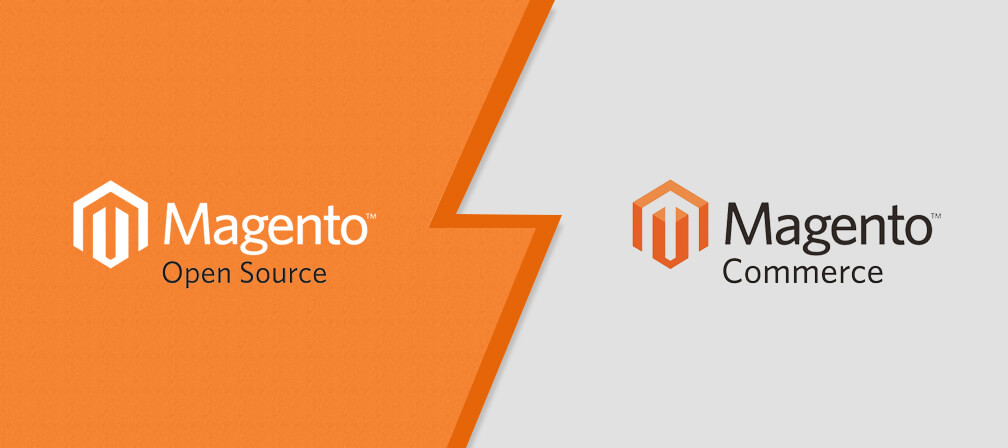
With Magento 2, you can select one of two options for online stores that are using the platform. Whether you choose to go with Magento 2 Commerce or Open Source largely depends on the size of your online business, what you require from your store’s website and other particular needs you may have.
Let’s take a look at the two choices: Magento 2 Commerce and Magento 2 Open Source.
What Is Magento Commerce?
Previously referred to as Magento Enterprise Edition, developers created this version with larger online businesses in mind. With an annual cost of $24,000, it is only especially appropriate for megastores bringing in massive amounts of revenue.
What Is Magento Open Source?
Magento Open Source refers to the free version of Magento, and was designed for smaller e-commerce businesses which do not require as much support as their larger counterparts. At the same time, large companies that run a low maintenance business may also find the free version more appropriate.
Which Is Better?
As stated above, it really depends on the size and complexity of your business. It still probably makes sense to at least start with Magento Open Source, and assess if and to what extent it meets your needs before going on to purchase Magento Commerce.
Pros and Cons of Magento
When deciding whether or not Magento is the right platform for your online store, it’s worth taking a quick assessment of its most basic pros and cons of Magento 2.
Pros of Magento
- High degree of user flexibility
- Free services available
- Supportive community helping new users master the learning curve
Cons of Magento
- Customer support requires additional payment
- Potential for additional hosting and security expenses
Only you can determine how good a fit Magento 2 is as a platform for your ecommerce store, Still, you can always seek guidance from Magento extension distributors like the fine folks at Mirasvit to figure out the best way forward for you and your online store.

